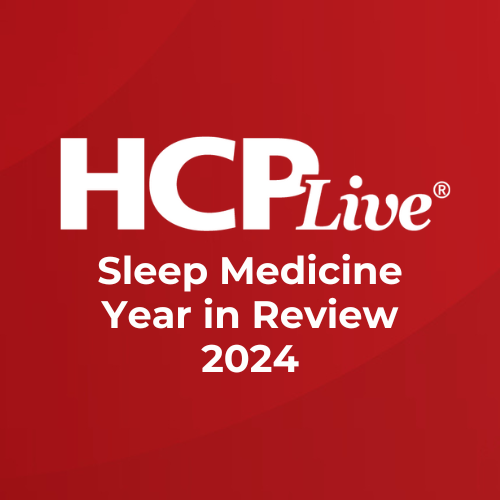Article
Karl Doghramji, MD: Defining Insomnia
Author(s):
What are the symptoms and patient complaints that comprise the common sleep disorder?
Like food allergy or migraines, insomnia is a common condition which patients could misdiagnose in themselves with the wrong criteria. But especially for the sleep disorder, there are a set standard of characteristics and criteria which help clinicians make the right diagnosis in a timely fashion.
In an interview with MD Magazine®, Karl Doghramji, MD, a professor at Thomas Jefferson University, explained the technical definition of insomnia, and how that definition has helped shape the clinical understanding of its comorbidities.
MD Mag: What is the definition of insomnia? What are its symptoms?
Doghramji: Insomnia disorder is a complaint of poor sleep or quantity. So, patients complain they do not fall asleep quickly enough, or they wake up a lot of times over the course of the night, or that they have a diminished sleep amount, or that they wake up feeling unrefreshed during the course of the day.
Insomnia disorder also has a frequency assigned to it by the DSM-5, which is the most commonly used nosologic classification for insomnia. It has to occur at least 3 nights per week, and has to occur over the course of 3 months or longer to be defined as a disorder. Plus, it has to have consequences—in other words, people who don't sleep well need to have some degree of impairment during the course of the day, or have to be concerned a great deal about having the problem.
Now, some of the consequences of insomnia include things like motor and coordination memory decrement during the course of the day, falling asleep during activities of daily functioning, and more dangerously while driving, and so on and so forth. So these are some of the impairments that patients have to complain about to qualify as insomnia.
And finally, what's interesting about the new nosologic classification of insomnia is that we no longer look at insomnia being a primary or secondary phenomenon. We now look at as being a problem or disorder which coexists with other disorders, or is comorbid with other disorders. So we're used to saying insomnia occurred because of this problem, because of that problem. Now, we say in some it’s comorbid with depression, or gastroesophageal reflux, or with sleep apnea.
And the reason for that is that they have shown us that the we don't have a good way of establishing causality between insomnia and these other conditions. So for example, a patient has major depression. They could have depression and insomnia, but it's very possible that the relationship between insomnia and depression is a circular one—where depression causes insomnia, but insomnia then makes depression worse. So really, you have the existence of 2 autonomous conditions in the context of 1 patient. So we now refer to the insomnia secondary-primary phenomenon as being insomnia, comorbid with these other disorders.





